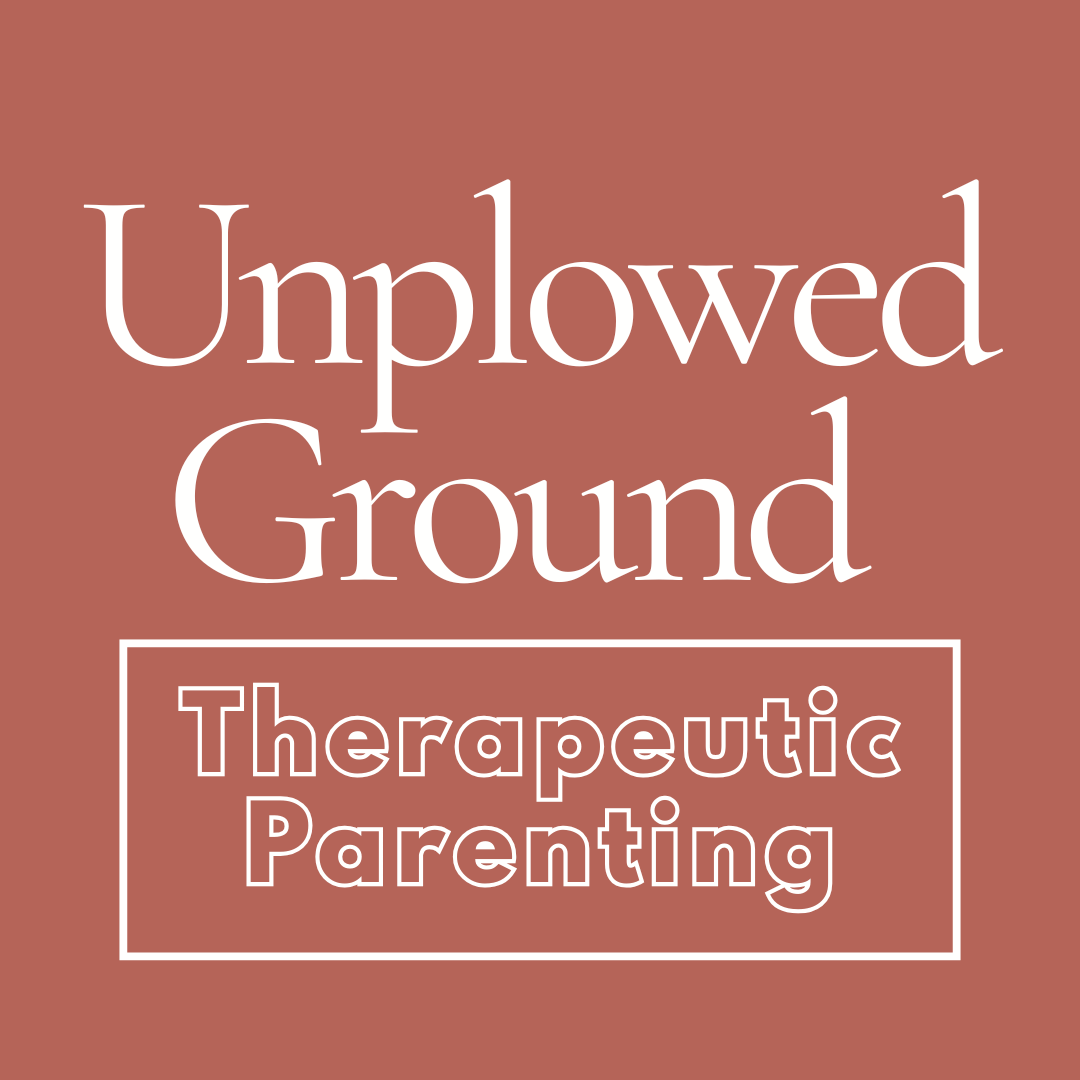
Fight, Flight, or Freeze
When a human faces danger, they may go through a range of natural responses. The major ones include fight, flight, and freeze. Children who have experienced trauma can benefit from understanding these responses because it may help them to understand their feelings and reactions to their trauma. These responses are natural and can be helpful when someone faces danger. The amygdala, a small part of the brain, sets these responses off when it senses a threat. The issue begins when those responses remain after the threat is gone.
Fight-Flight-Freeze and PTSD
After experiencing a traumatic event, many people develop PTSD (post-traumatic stress disorder). Studies show PTSD develops as a result of problems in the amygdala, which controls fight-flight-freeze, and the prefrontal cortex.
When someone develops PTSD, their amygdala becomes hyperactive which can make the person more sensitive to situations that resemble their initial trauma. This can also cause the person to regularly feel anxious and have difficulty sleeping.
This can be especially life-altering for children. This happens because the child experiences trauma while their brain is still developing.
When children experience trauma, the connections between their amygdala and other parts of the brain are often weaker than those of children who have not experienced trauma. Because of this, those parts of the brain are less effective in calming the amygdala down when it responds to something that should not be threatening.


Here’s the good news: there are ways to help.
Helping children feel safe by attentive parents providing high nurture and high structure in the home, parents helping their child talk out their feelings in stressful situations, and equipping parents with brain-healing communication techniques to rewire their child’s brain can help heal the effects of the trauma that keeps their child stuck in a fight-flight-freeze response. Visit https://unplowedground.org/ to learn how.



